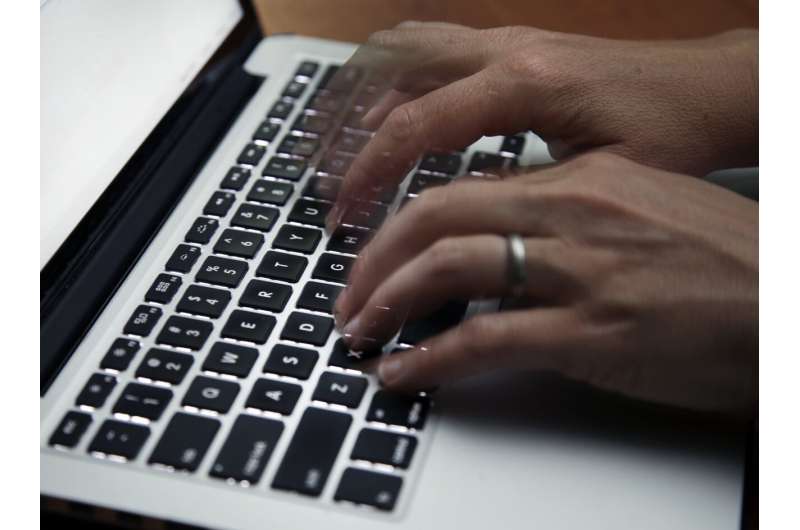
According to researchers from Cybernews, a well-known cybersecurity organization, billions of login details have been leaked online, giving criminals easier access to many user accounts.
A recent report revealed that Cybernews found 30 datasets, which together include around 16 billion compromised login credentials. This includes passwords from popular services like Google, Facebook, and Apple.
To put this into perspective, 16 billion is nearly double the global population, suggesting that many individuals may have had more than one account affected. Cybernews explains that it’s likely there are duplicates in the leaked data, making it hard to determine the actual number of exposed accounts or individuals.
It’s crucial to understand that these leaked credentials did not come from a single incident, like a breach of one company’s system. Instead, it seems they were gathered from various breaches over time and briefly made public before Cybernews identified them.
The offenders are likely using a type of harmful software known as infostealers, which infiltrates devices to extract sensitive information.
Many questions still linger regarding the current whereabouts of these compromised login details. As data breaches become more frequent, experts emphasize the need for good “cyber hygiene.”
If you’re concerned about your information possibly being part of this breach, start by changing your passwords and avoid using identical or similar credentials across different platforms. If remembering multiple passwords is difficult, you might want to use a password manager or passkeys. Additionally, enabling multifactor authentication can provide extra protection by requiring a second verification method through your phone, email, or a USB auth key.
If you would like to see similar Tech posts like this, click here & share this article with your friends!

